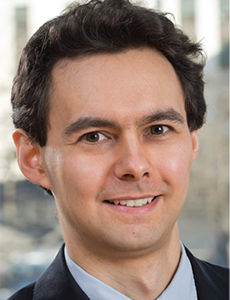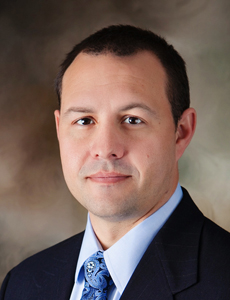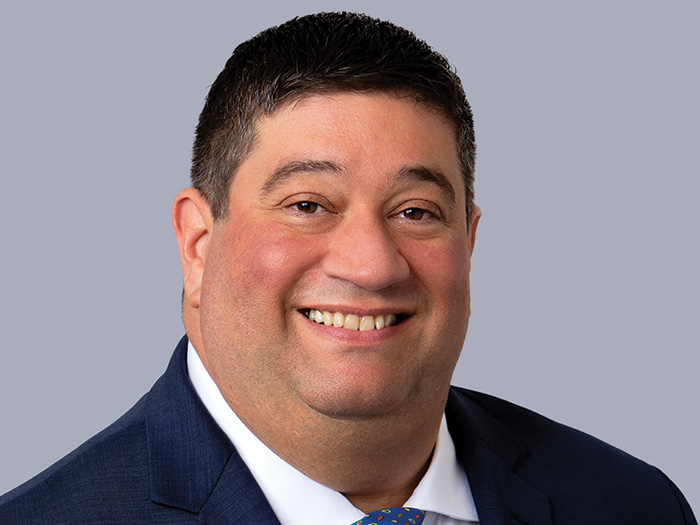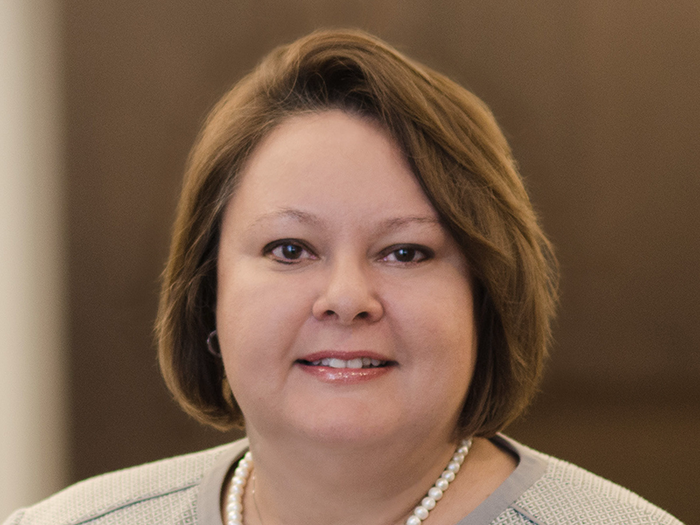Political Risk
Managing Risk Amid Turmoil
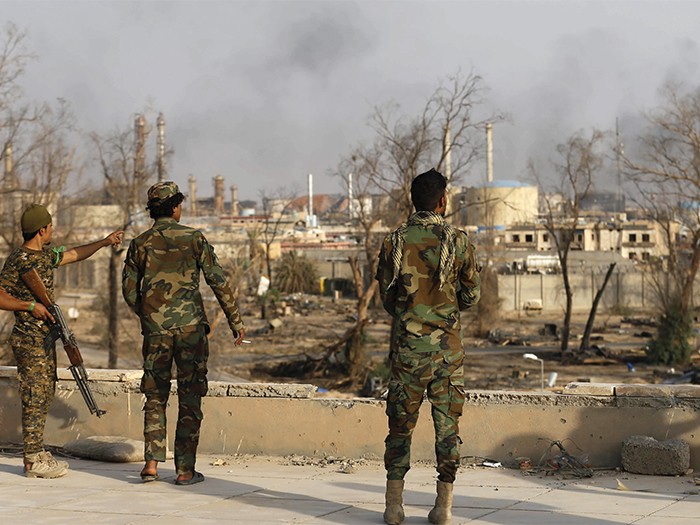
Multinationals and their supply chains are continuing to be challenged by political upheavals, from ISIS to Europe’s refugee crisis, to growing territorial rifts over shipping lanes in Asia.
To help risk managers better assess exposures, insurers, brokers and specialty firms are offering sophisticated tools to monitor the impact of political turmoil on various geographies and industries.
Such tools are becoming critical as an unexpected crisis can pop up virtually overnight, said Yoel Sano, head of political risk at BMI Research in London, part of Fitch Group. The research firm offers “Total Analysis,” an online platform containing the firm’s forecasts, analysis and data.
“It’s becoming increasingly clear that seemingly obscure things can emerge quite quickly as a big thing — in 2014 we saw the rise of ISIS in Iraq and Syria and also the conflict in eastern Ukraine,” Sano said. “Hardly anyone was paying attention to these events beforehand, and suddenly they were center stage. I think the overall speed of world history has increased over the past generation thanks to the internet, especially social media, and one aspect of that is a sudden increase in risk.”
Organizations seeking to build facilities or acquire companies in foreign markets are often there for the long haul and need to be fully cognizant of what they are getting into, he said.
“Investors don’t like uncertainty — they like to know what’s going to happen,” Sano said. “Sometimes uncertainty is worse than the event itself.”
BMI also analyzes how political decisions could likely affect economics and financial markets, such as the recent Trans-Pacific Partnership multinational trade agreement. Moreover, the firm also outlines alternative scenarios on risks that may not be apparent, “so that our clients are not ‘caught in the headlights.’ ”
Tools Emerging
The Hostile Environment Liability Protection (HELP) program — a consortium led by Beazley Syndicate at Lloyd’s that provides risk mitigation, crisis response and insurance for “hostile or complex environments” — recently added an “Intelligence Panel” consisting of three risk and strategic consultants firms, G4S Risk Analysis, Contest Global and Aegis Advisory.
London-based Contest Global helps clients “manage every aspect of their intelligence operations,” whether it is collecting new and hard-to-access information, analyzing data by applying the latest structured analytical techniques, or generating intelligence judgments designed to inform real-world decision-making, said Chris Mackmurdo, founding director.
For instance, this year the firm has been helping a number of banks in London come to grips with the risks presented by ISIS in Syria and Iraq, he said. A major factor is the issue of illicit oil connected with ISIS-controlled oil facilities in the region.
“There are sanctions in place that will punish anyone involved in trading or otherwise moving oil products connected with ISIS, which presents a serious challenge to banks and any company within the oil supply chain,” he said.
“The onus is on them to devise strategies to mitigate their exposure to these risks and protect themselves against any operational and reputational damage.”
Mitigation takes certain steps. Organizations must be able to collect information from multiple sources to identify any immediate or potential problem. They must also have in place a process to analyze, assess and prioritize risks based on the information available, “which will never be complete.”
They must develop risk mitigation strategies and communicate them to all stakeholders involved in implementing them, from strategic through tactical and operational personnel. Finally, they must monitor the effectiveness of their processes and strategies, refine requirements and adapt to change quickly.
The key for risk managers is being able to communicate intelligence data to decision-makers effectively, Mackmurdo said.
“You can have all the tools in the world, but unless you can influence the people making decisions, you aren’t going to change people’s minds and behaviors — so how you present the information is crucial,” he said.
Hart Brown, head of organizational resilience at HUB International, said that things often come up that clients had not anticipated prior to market entry, whether they’ve inherited operations or chose to speedily go into a market to capture market opportunity and later evaluate the risk.
While some companies are eager to take on political risks, the challenge is managing them.
“For example, in Asia, there is a concern about China … about the expansion of territorial waters that it is claiming, wanting to control certain shipping lanes throughout that region,” Brown said. “This can impact the flow of goods within a company’s supply chain, especially if there is a military buildup, which could very easily result in an accidental collision and overreaction.”
There is no one way to evaluate those risks, and in many cases, there is enough uncertainty that the analyses can be very different, Brown said. “A lot of art goes into it, along with some science.”
HUB starts by creating a risk assessment, quantifying first what a company is already experiencing within a certain market. Risks assessed include governance within that country, the business environment within that area, issues related to conflict and security, labor and economic issues within that space, and also challenges related to cyber crime.
HUB creates scorecards and dashboards to help the client understand those risks. Then it establishes the key things that clients need to monitor and include in a protective intelligence program.
“We give them analysis in a timely enough fashion to avoid potential disruption within their supply chain,” Brown said. “If we see the political climate beginning to change, clients can proactively ship material faster than they normally would.”
Actionable Intelligence
Visualization and analytics play increasingly important roles in such analyses, he said. HUB takes the intelligence it gathers and puts it on a supply chain map, overlaying the risks in a way that’s easy to see and “more impactful.”
The firm is also using analytics of sources including social media and news reports.
“We’re able to map out, in many cases, what’s going on and do a trend analysis, pinpointing the date and time when a disruption is going to occur,” Brown said.
Aon Risk Solutions provides clients with a global interactive map, designed to allow clients “to get a pretty good snapshot of what the world is like at this point in time,” said Roger Schwartz, New York-based senior vice president and political risk practice leader at Aon.
“Clients who have used this map may not have realized a particular country’s risks, which induced them to do more research on whether they need to get more coverage for their subordinates operating in that country,” Schwartz said.
For example, a recent snapshot of Venezuela on the map stated that the country “continues to have elevated risks in all areas, with particularly high exchange transfer, legal and regulatory risk ratings.”
“Structural issues and government mismanagement leave Venezuela very vulnerable,” according to Aon’s snapshot. “Sovereign non-payment risks have increased as lower oil output and revenue have weakened Venezuela’s cash flow and reduced its ability to pay its sizeable debts. Venezuela’s exports of crude oil have fallen in volume due to government interference and underinvestment.
“Although default on international sovereign debt is still only a risk scenario, arrears to local and global companies are rising, consistent with Venezuela’s high sovereign non-payment risk. After years of high levels of government interference, political violence and protest is rising due to food shortages. The current exchange rate mechanism is not functioning, and capital controls are hitting production.”
The interactive map also contains a variety of tools, including an “Exposure Calculator” and “Country Analysis Tour,” to compare risks in different areas, as well as a rate tracker and pricing model, to help clients determine what the costs of risks are going to be.
Aon also provides “Portfolio Manager,” a web-based tool that monitors a client’s portfolio of exposures including amortization, providing historical, current and future in-depth analysis of country, obligor and counterparty exposures.
“We are one of the very few brokers that have this in-depth tool kit, and we also work with them to determine solutions that are appropriate,” Schwartz said.
Still, “multinational corporations operating in emerging markets have access to any number of tools, and the service we provide helps them identify and manage risk, but it’s not intended to be a stand-alone service.”

